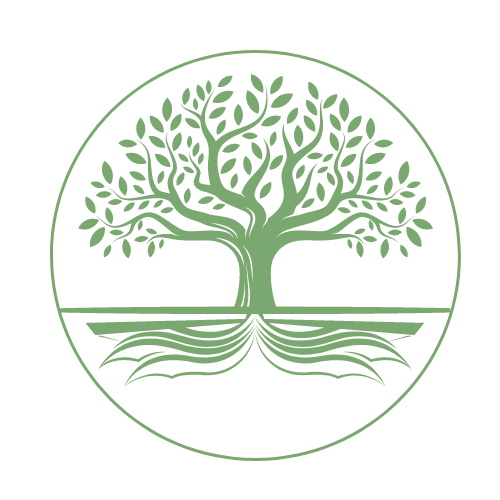To be fully creative, it’s necessary to try out new art supplies and new ways of working. The exploration of materials often sparks inspiration and is the point at which we become most childlike in our creativity (no bad thing). This week, I’ve been testing out some Khadi watercolour paper to see if it can handle watercolour with coloured pencil and I’ve also been trying out the final few Diamine inks from the Inkvent advent calendar.

I bought the wonderfully heavyweight Khadi 640 gsm handmade white rag paper (rough surface) many months ago and hadn’t got around to testing it out yet. From my use of other Khadi papers, I know they certainly don’t stand up to fountain pen drawing very well and that, even with a brush, you have to be very careful or the surface pills. After finding that I enjoyed working over a watercolour background with coloured pencils when I drew my recent waxwing drawing, I was interested to find out whether a similar process would work on the Khadi paper (the waxwings were drawn on much more robust Arches paper).
I first sketched out a blue tit using graphite pencil from a photo that I found on Unsplash (for more on using Unsplash to find reference photos see this blog post here).

I then laid down a background and underpainting for the bird, using watercolour.

As I’ve found on other Khadi watercolour papers, the paper pilled very easily. Anywhere that I applied the brush to an area that was already wet began to lose surface integrity. In a way, this is good for me as I tend to fuss too much with watercolours and the paper gradually destroying itself as I overwork is a real incentive not to. I would prefer a little more leeway though! I picked off as many of the small balls of paper that had formed on the surface as I could and left it to dry thoroughly overnight.
The next day, I set to with the coloured pencils. I’ve been expanding my range of Caran d’Ache Luminance pencils and was particularly interested to see how the lighter colours
coped when covering the blue underpainting.

At first, I didn’t think the lemon yellow pencil was going to cover the blue paint very well but, as it built up, I was able to obtain the effect that I wanted. I had to sharpen the pencils frequently to get any detail as they lost their points quite quickly on the rough paper. I enjoyed working on the surface though, as I love texture and the paper had hardened up quite well once it had dried.
From this experiment and from previous experiences with Khadi paper, I can see that despite it being intended for watercolours, I may well not use this paper with watercolours in future. Perhaps a quick wash as a background, but I think I’ll continue to experiment on it with dry media. As far as the pencils are concerned, I was happy with their covering capacity and will try drawing on a larger scale, in future, so that it’s easier to create detail and expression.
The Final Inkvent Inks
Tinsel (Shimmer Ink)


Tinsel has a silver shimmer that really complements the rich red colour. It didn’t separate into any other colours when diluted, but does wash out into a soft and warm pink colour. The shimmer was easily seen, even when water was added, and helps this ink live up to it’s name.
Fireside Snug (Standard Ink)


I wasn’t too excited to see an orange ink, but once I started using it and could see that it was quite an earthy colour, I was much happier. It’s an ink that I could definitely sketch with and provides a nice change from my usual greys and dark browns.
Sugar Snap (Shimmer Ink)


I was surprised to really like Sugar Snap. When used with water, it gives a wide range of values and will be fantastic to sketch with in mossy woodlands. It’s a shimmer ink, with silver shimmer particles, but the natural green colour is a real winner and shimmer doesn’t detract from that.
Raise a Glass (Chameleon Ink)



This is the final ink in the calendar and, as such, comes in a larger bottle. I was therefore anxious that I should like it and luckily, the deep purple colour and chameleon shimmer are just beautiful. The shimmer is green and gold and it shows up well against the base colour of the ink. On dilution, it splits into very pale lilac and pink colours and so a good deal of shading can be achieved. Not really a colour for sketching nature, but it’s still a beautiful colour for special illustrations and lettering.


Leave a Reply